Sensory Processing: Creating a First Aid Kit
This post on sensory processing was inspired by a talk I attended by Olga Bogdishana. You can find the slides from her presentation on “Making sense of Sensory Needs and Challenging Behaviour” here. She has also written this book which gives a deeper insight into sensory perceptual issues.
Sensory processing is a key part of behaviour support. Understanding how to respond to or prevent sensory overload can prevent distress and actions that may be interpreted as “Challenging behaviour”. Often a child in distress will purely be trying to escape the stressors that are affecting them. They will lash out or run to make that sensation stop. Taking this back to a fight, flight or freeze model the reaction is instinctive. There is rarely an intentional desire to cause harm or be “challenging”, if we fail to understand this our views of behaviour become punitive and harmful.
One of the suggestions she made in the session was that when working with young people with sensory processing issues is to have a Sensory “First aid kit” to hand.
Sensitivity and Stimuli
This is something I have used in the past as part of a behaviour support plan. Behaviour never exists without a context and often behaviours can be a reaction to environmental stimuli. Often this is oversimplified as a hypersensitivity to stimuli. At times issues may arise due to difficulties filtering different stimuli. This is sometimes described as a alternate sensory reality that can be difficult for others to comprehend.

Anyone supporting those with sensory sensitivities need to be aware of how people can become overwhelmed (or stressed) by the impact of changes to the expected. Whether this be a routine, place or action. I like to think of routine as a completed jigsaw – all things are known so less things have to be processed individually. When something changes the completed jigsaw is now individual pieces that need to be rebuilt (processed). This takes energy and can link to spoon theory. The person can process and deal with these during times of low general stress. In times of higher stress or in the presence of multiple stimuli this situation could become overwhelming.
As a teacher you see this a lot during transitions. A transition into class is tricky for many children but we can make it easier if they walk into an inclusive, adapted, flexible environment where they feel safe. If they walk in and a familiar adult is off sick, the desks have been rearranged or even the lights are on or flickering this can then cause them to become overwhelmed. Having a first aid kit available may help.
Designing a Sensory Processing First Aid Kit
The core purpose in a Sensory “First aid kit” is to immediately address the aversive stimuli in that situation. At its centre – reducing input and therefore the interpretation of the resulting sensations. We must design each kit to meet the sensory profile of that individual. The following suggestions may help design a general kit that can be adapted for each child. We need to identify the senses that The person cannot filter properly and seek to reduce the impact.
Contents of The First Aid Kit
- Headphones: Either ear defenders for reducing volume of noise or headphones to introduce preferred sounds. Many headphones come with the ability to add a memory card that can be pre-loaded with music etc.
- Dark/Filtered Glasses: These reduce light levels. Ludlow (2009) gives an example from a study into an Autistic young person using coloured glasses as a therapeutic intervention. “With the glasses, J.G. is now nauseated only in situations where he feels particularly stressed, such as in crowds. He feels more able to control his behavior and reactions”
- Silence Please: A sign or visual to show people that they will not be helping by bombarding that person with questions. Questionning requires processing.
- Fiddle or focus toy: A familiar object to manipulate, often in a repetitive way may help focus the thoughts and aid processing.
- A Smell: Familiar Olfactory input can help regulate other senses and aid calming. Lavender is a popular scent, maybe on a hanky or soft toy.
- A gym ball, trampette or swing: To start to help regulate proprioceptive input. This may be useful to have available if the child travels a distance in a vehicle where movement is often irregular and unpredictable.
- Weighted blanket or vest: Could be offered if the person is sensitive to touch and needs to reconnect with their body i.e if they have been jostled in a crowd or the playground.
What would you add to yours? Let me know in the comments.

References
Bolgdashina, O: Sensory Perceptual Issues In Autism: Introduction To The Problem. The Siberian Journal of Special Education № 2(6) (2012) Accessed Online 19th December 2019: http://sibsedu.kspu.ru/english/upl/6/Sensory_Article.pdf
Ludlow, A.K., Wilkins, A.J. Case Report: Color as a Therapeutic Intervention. J Autism Dev Disord39, 815–818 (2009) https://doi.org/10.1007/s10803-008-0672-5

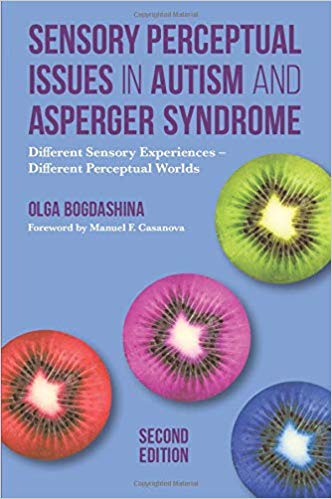
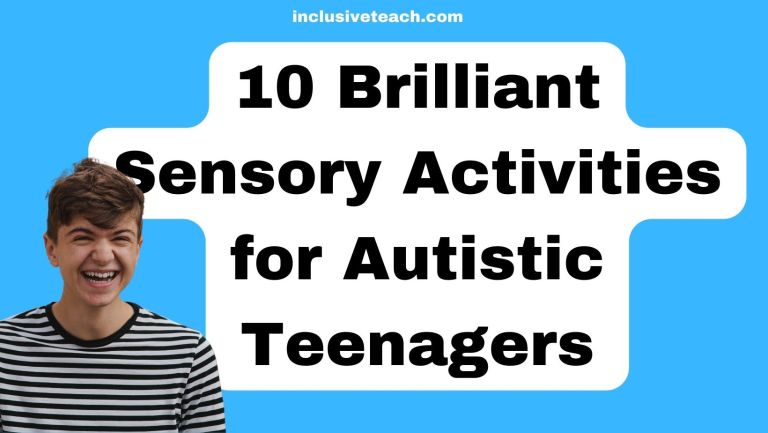

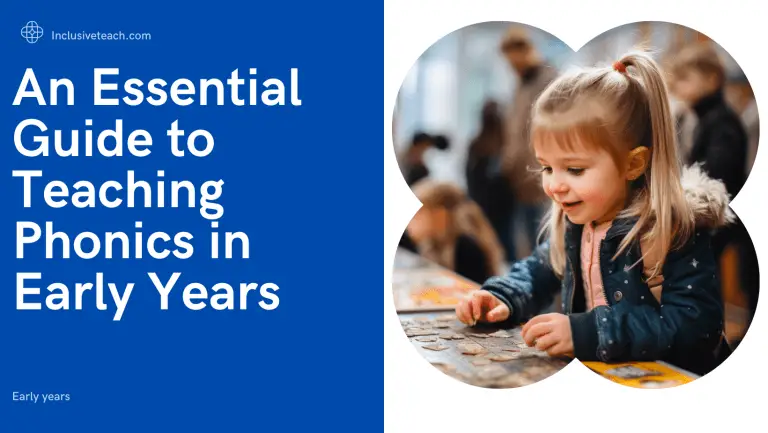
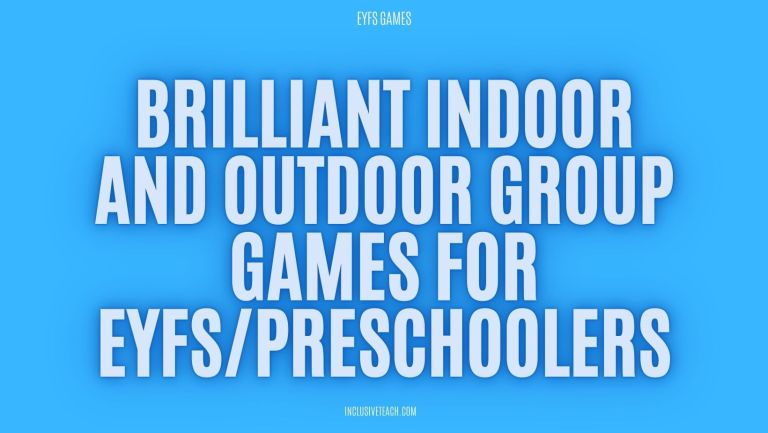
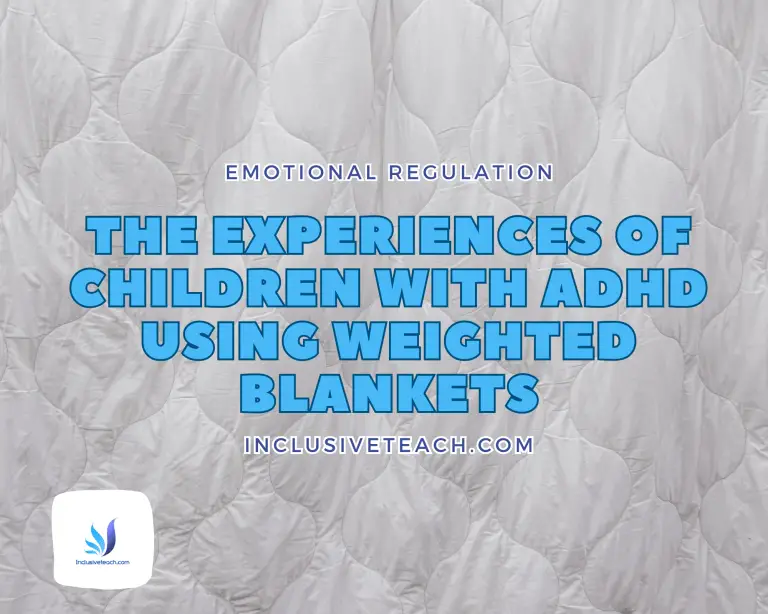
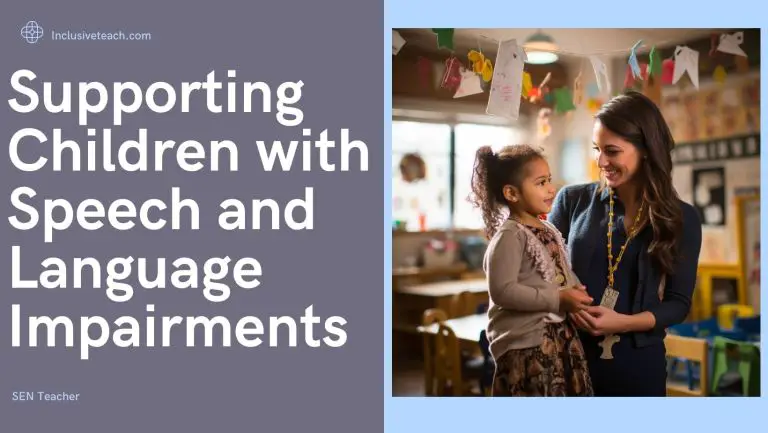
2 Comments